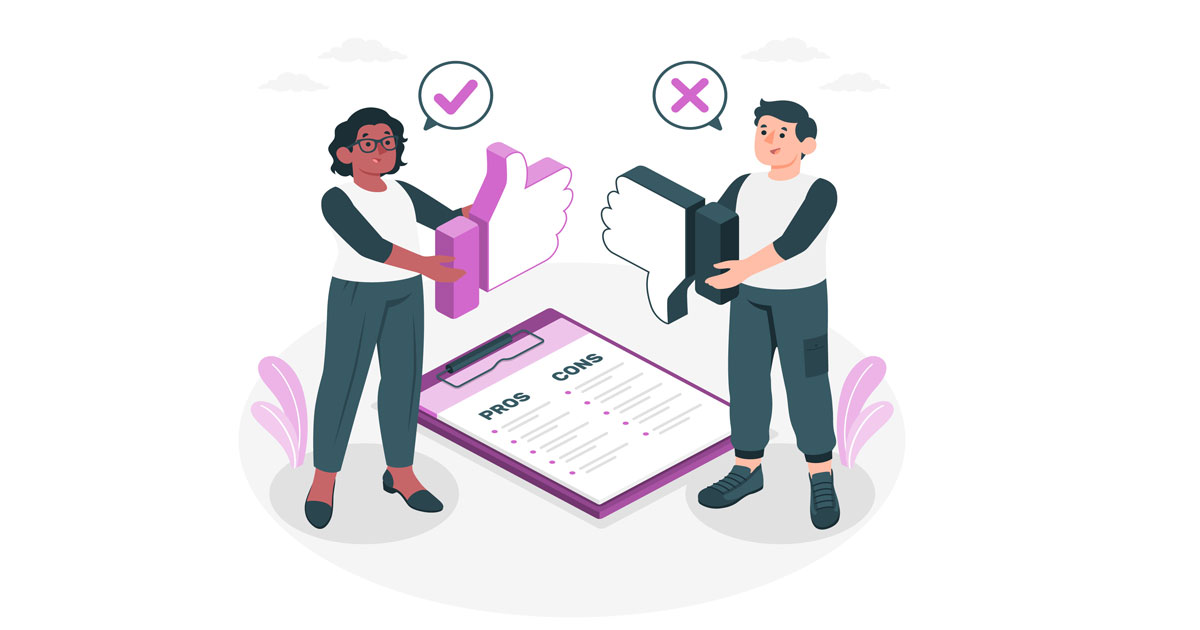

Did You Know?
We serve loans, the best way you can borrow

We serve loans, the best way you can borrow

A line of credit is a form of loan that allows borrowers to borrow a set amount of money and utilise it as per their financial requirements. It is different from a traditional loan, where the borrower receives a lump sum of money all at once and must pay it back over a set period. Instead, a line of credit allows the borrower to draw on the credit as needed, up to the credit limit. The borrower pays interest only on the credit that is utilized.
Lines of credit are classified into three types:
Revolving lines of credit are similar to credit cards, where the borrower has a credit limit and can use the credit as needed, up to the credit limit. Non-revolving lines of credit are more like traditional loans, with a fixed amount of credit and a set repayment period. HELOCs are home equity lines of credit that permit the borrower to utilize the equity in their home as security.
Borrowers must often disclose personal and financial information, such as their employment history, income, and credit score, when applying for a line of credit. The lender will use this information to determine the borrower's creditworthiness and the credit limit for the line of credit. Once approved, the borrower can access the credit as needed, using a credit card, check, or online banking. Minimum monthly payments, which may include interest and fees, are required of the borrower.
Following are the various types of lines of credit:
When a borrower applies for a line of credit, they are typically required to provide some personal and financial information, such as their income, employment history, and credit score. The lender will use this information to determine the borrower's creditworthiness and the credit limit for the line of credit.
Once the line of credit is approved, the borrower can access the credit as needed, up to the credit limit. The borrower can use a credit card, cheque, or online banking to make purchases or withdraw cash. Monthly minimum repayments, which include interest and fees. The borrower can avail funds but has to fix a monthly instalment to pay back.
You may also read this: Factors that affect credit score
1. Flexibility: A line of credit allows the borrower to access credit as needed, rather than receiving a lump sum all at once. This can be especially useful for unexpected expenses or for funding a project that will be paid for over time.
2. Lower interest rates: One of the greatest advantages of a line of credit is the lower and more affordable interest rate that it carries. Lines of credit typically have lower interest rates than credit cards.
3. Credit building: Using a line of credit responsibly and making timely payments can help improve the borrower's credit score.
Here are some disadvantages of using a line of credit to meet finance needs:
1. Fees: Some borrowers do charge some fees on the line of credit. This fee can vary from borrower to borrower. The fees include transaction fees, processing fees, and much more. Thus, you will have to consider fees and add them to the cost of borrowing when analysing a line of credit.
2. Credit limit: Well, when it comes to a line of credit, the borrower needs to stick to the credit limit. There is a certain credit limit that a borrower is entitled to. If one wants to avail of an amount exceeding the credit limit, one must opt for traditional borrowing options, such as a loan.
3. Interest: In the line of credit, the borrower pays only for the amount utilised by him/her. If the borrower fails to make the monthly payment on time, the interest will quickly add up, and the borrower will have to pay a large sum.
Learning about the eligibility requirements of the lender can help determine whether you are financially ready for a line of credit and which plan is best for you. If you have a good credit score and a stable source of income to repay the loan on time, then this is what the lenders are looking for. On top of that, they’ll look at your debt-to-income ratio and decide whether you can handle more debt. You also have to submit additional documents as required by the lender.
Here’s what you will need to apply for a line of credit:
For Individuals
For Businesses
The steps to apply for a line of credit loan - you walk into the lender's office, fill out the application form and submit documents. The lender will check your profile to make a credit offer. You can also apply for a line of credit online in India.
Here’s how the process works:
1. Log in to the official website of the bank or NBFC and click on “Apply Now.”
2. Open an account in minutes. All you need is a few basic information (PAN card number, Mobile number, name, your occupation, etc).
3. With this information, the lender will generate a customised direct offer for you.
4. If you are ready to take the offer, you have to fill out the KYC form and produce all the required documents.
5. Now you’re ready to use your line of credit. You can select the loan amount along with the EMI repayment and get the money credited to your account.
You need to understand what are the most important factors that determine whether or not you will be approved for a line of credit.
These include:
1. Credit Score - It increases your chances of obtaining a line of credit loan with favourable rates if you have a healthy credit score of 685 and above.
2. A Stable Income - High income sources mean you’re able to pay back on time. A favourable financial history and stable employment are very important.
3. Debt-to-income Ratio - To qualify for a line of credit, it’s important to have a lower debt-to-income ratio. They see this as you being responsible with your money and they are more likely to approve of you.
4. Collateral - If you are requesting a secured line of credit, you will need to deposit your property as a guarantee to get the loan.
Selecting a line of credit can be a complex and daunting task that may demand a lot of research and attention to detail. Comparing different line of credit options and researching various parameters will help one to select the most suitable line of credit.
Here are some points that will help you choose the right line of credit:
To get the most benefit from a line of credit and avoid financial problems, it's important to use it responsibly:
| Feature | Line of Credit | Traditional Loan |
|---|---|---|
| Definition | Line of credit comes with a pre-approved borrowing amount that you can use, repay and use again. | A loan encompasses a non-revolving, one-time lump sum amount based on your needs and creditworthiness. |
| Borrowing Flexibility | Access funds as required within your credit limit. | The full loan amount is disbursed upfront. |
| Purpose | To meet ongoing financial needs or for small purchases. | To meet large, one-time expenses such as home purchase, a child’s higher education, buying a car, etc. |
| Interest Rates | Typically higher interest rates. Interest accrues only on the amount withdrawn. | Interest accrues immediately on the total loan amount. |
| Payback Terms | Flexible, revolving repayment terms. | Fixed equated monthly instalments (EMIs). |
| Fees | Often, low or no upfront costs, such as prepayment fees. | Typically high upfront costs. It involves hefty prepayment fees. |
A line of credit is a useful financial tool that can provide access to credit as needed. It can be a cost-effective option for borrowing, but it's important to choose the right line of credit and use it responsibly to avoid financial problems. By considering factors such as interest rate, fees, repayment terms, and lender reputation, and by using the credit wisely and making timely payments, you can make the most of a line of credit and achieve your financial goals.
You usually have to pay interest on your line of credit every month, but interest is charged only on the amount you withdraw. If you haven’t used any of the credit available, you won’t owe any interest.
Listed here are the steps to use to get a line of credit:
1. Choose a lender.
2. Complete the application at the lender’s branch or online, including accurate information on your expenses and income, etc.
3. The lender will assess your credit profile based on the size of your income, credit score and other factors. In case of approval, they establish a pre-approved borrowing limit, interest rates and other T&C.
4. The line of credit may be accessed by your account or other means provided by the lender.
The time it takes for you to receive your funds varies based on the credit line being used, the processing time of the lender, and your credit profile. It ranges from one day (online lenders) to as many as two weeks (traditional banks).
An instant personal loan or a line of credit available to you at any time is a smart financial decision. This can be particularly helpful when financing small purchases or emergencies. It is also cheaper financing, since you pay interests only on the used funds and not the full loan amount. Responsible use of your credit line and timely repayments are equally important in the process of establishing credit.
The credit limit is the highest amount that you can borrow from a specific type of credit product. For instance, when you have a credit card, there’s a credit limit on how much you can borrow. On the other hand, a line of credit is an option where you can borrow only the amount needed. You pay interest on the amount you draw, not the full line of credit. Here is an example of a line of credit. You have a ₹20,000 limit on your LOC, but you only borrow ₹5,000 to pay for some urgent bills. You will owe interest only on the ₹5,000 loaned.
Download our personal loan app to apply for a personal loan. Get up to 2Lakhs* as a personal loan. Download Now!
Sign into avail a personal loan up to ₹ 2,50,000
Register to avail an instant loan in just a few minutes. Fulfil your financial needs with our loan and repay in easy EMIs.
Apply NowUnifinz Capital India Limited is a Non Banking Finance Company (NBFC) registered with the Reserve Bank of India (RBI). lendingplate is the brand name under which the company conducts its lending operations and specialises in meeting customer’s instant financial needs.
Corporate Identity No. (CIN)
L 1 7 1 1 1 D L 1 9 8 2 P L C 0 1 3 7 9 0
RBI Certificate of Registration No (CoR):
1 4 . 0 0 2 3 3
Registered Office :
Rajlok Building (Floor-5), 24 Nehru Place, New Delhi-110 019